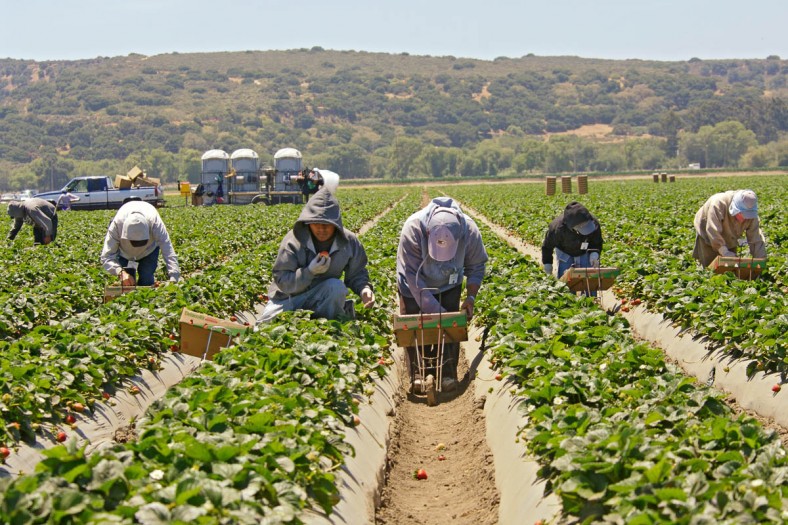EXCERPT:
Add to your listLet us now turn to the Book of Galatians, which is the earliest book of the New Testament. The thirteen letters of Paul were written, distributed, practiced, and called the gospel at least twenty years before the gospels Matthew, Mark, Luke, and John were written. In it, Paul speaks of “my gospel,” saying: “I did not receive it from a man, nor was I taught it, it came by revelation of Jesus Christ.” Then he tells this story: “Abraham had two sons, one by a slave and one by a free woman. The son of the slave was born according to the flesh, the son of the free woman by the promise. This is an allegory: these two women are two covenants. The one who bears the child by promise is Jerusalem from above.” This is the state called Sarah.
Paul states quite boldly here that the story of Abraham, Hagar, and Sarah is an allegory. And an allegory is a story told as if it were true, leaving the one who hears (or reads) it to discover its symbolic representation and learn its lesson. Hagar and Sarah symbolize two covenants, one bringing in slavery and one freedom.
My mother was not named Hagar and the chances are your mother was not either, but every woman who has a child – in the language of symbolism – is Hagar. The child may be born in a palace and his mother a queen. He may know enormous wealth and a life of ease, but he (or she) is still a slave. Whoever wears a garment of mortality must take care of it, for it assimilates and must expel, through some artifice, that which it cannot assimilate. Whether the garment be that of a queen or a scrubwoman, it enslaves its occupant. And no matter how strong the garment, it waxes and waxes until it reaches a peak and then it wanes and wanes and no one can stop its inevitable change and death. So every child born from the womb of woman is a slave.
But there is another birth – a birth into freedom – which is essential, for unless you are born from above you cannot enter the kingdom of God. And the womb from which that birth takes place is the human skull, called Jerusalem from above.
Blake identifies Jerusalem from above with liberty, for after this second birth one is liberated. Having been placed into a world of slavery and death, the second birth is our victory over death. Everyone will be victorious … but everyone! We came into this world of death, have fought the good fight, and will continue to fight it. We are running a race with our enemy, death, [in] which all will be victorious. Everyone will be resurrected. Everyone will be born from above and all will enter the kingdom of God.

Leave a Reply